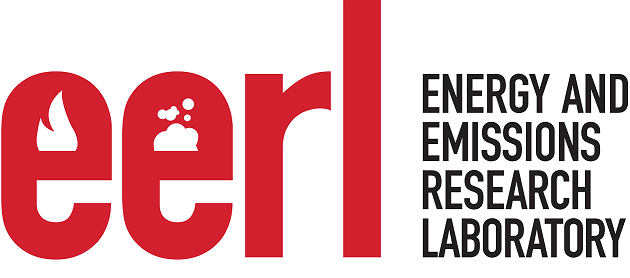Carleton University’s Energy and Emissions Research Lab (EERL) is Canada’s premier research lab, internationally renowned for its highly-cited interdisciplinary research designed to understand, quantify, model, and mitigate airborne pollutant emissions from global upstream energy production. Led by Prof. Matthew Johnson, EERL collaborates with a wide range of stakeholders to provide actionable data to reduce emissions. The lab leverages its unique expertise in advanced data analytics, extensive field measurements, cutting-edge measurement technologies, and unparalleled experimental capabilities to inform regulatory development, drive mitigation efforts and ultimately make a significant impact both in Canada and worldwide.

